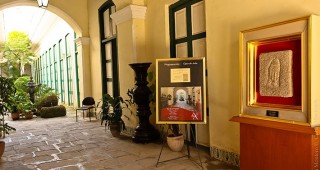
Constructed after the capture of Havana by British forces and named San Carlos de la Cabaña in honor of King Carlos III, this 700-meter long fortress is the largest in the Americas. It was designed by army engineer Silvestre Abarca and features the most advanced military defensive concepts of the 18th century. It cost so much that King Carlos III requested a spyglass to see it, claiming that such an expensive project–approximately 14 million gold pesos–could surely be seen from Madrid.
During the wars of independence, this fortress was used as a prison and prisoners faced firing squads in its pits. In the 20th century, it was used as a prison and storage facility, and shortly after the triumph of the 1959 Revolution, Ernesto ‘Che’ Guevara established his command headquarters here. Restoration works were made by the Revolutionary Armed Forces and the Office of the City Historian to create the Complejo Histórico Militar Morro-Cabaña. After its completion in 1992, different museums were opened within the complex, among them, Museo de Armas (Museum of Arms), Comandacia de ‘Che’ Guevara (Command Headquarters of ‘Che’ Guevara) and a museum depicting the history of the fortress. Additionally, it hosts several cultural events, including the Visual Arts Biennial and Havana’s International Book Fair.










 Eclectic
Eclectic







